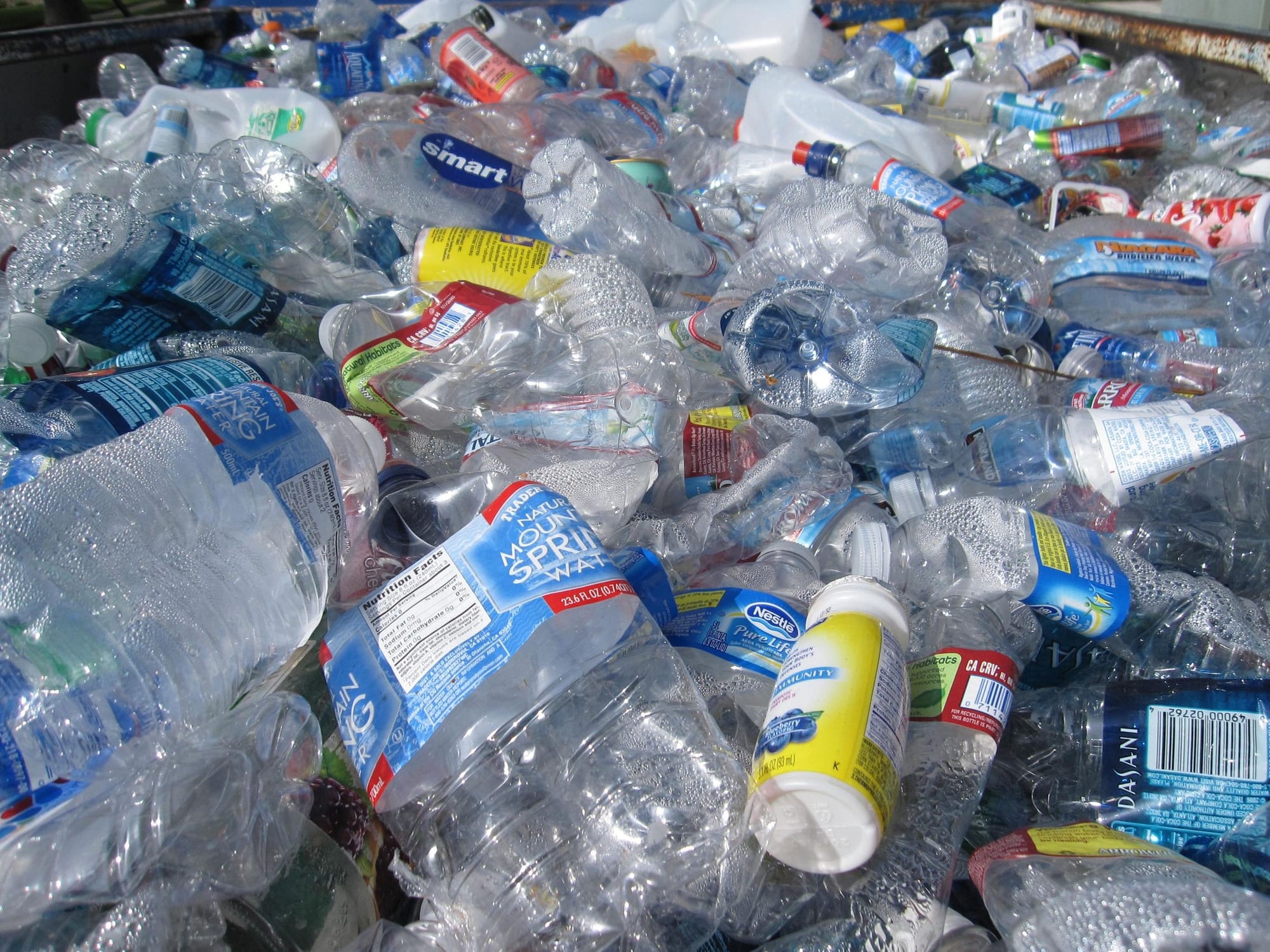Pyrolysis: A New Solution to Recycling Plastics?

Pyrolysis has been generating buzz lately as a potential solution to the plastics crisis overwhelming landfills and littering natural landscapes. But what exactly is pyrolysis and why are some experts optimistic about its environmental benefits?
To evaluate if pyrolysis lives up to its promises, we first have to understand why plastics recycling has been such a monumental challenge so far. Despite numbered codes imprinted on most plastic goods nowadays indicating type of resin, less than 10% actually gets properly recycled currently. Sorting and processing difficulties make it tedious and expensive compared to producing new plastic.
Recycling facilities struggle with common contaminants like bottle caps and mixed polymer types that end up in curbside pickup recycling bins. In addition, ever since China stopped accepting contaminated batches from overseas, viable markets for recycled bales have constricted even more, forcing more plastic into landfills and incinerators.
Existing recycling methods also degrade plastic quality over multiple processing cycles. Mechanical recycling shreds and melts the material down into pellets or powders to make secondary goods, but the polymers shorten with each reuse, weakening eventual products. What's worse is that chemical recycling uses heat, solvents or catalysts to decompose plastics into oils, gases or feedstocks for new plastic – but yields drop with impurities.
This is where pyrolysis shines. Pyrolysis heats plastics in an oxygen-free chamber so they decompose into liquid and gas hydrocarbons similar to petroleum. The output can then substitute for fossil fuels or serve as chemical building blocks for virgin-quality plastics production. Since the polymer chains remain intact, quality does not deteriorate with repeated recycling.
Additionally, pyrolysis enables handling contaminated, mixed loads of plastic waste. Sorting different types before processing is energy-intensive and labor-dependent with traditional recycling. Pyrolysis streamlines handling. The resulting bio-oil does require purifying to remove impurities like chlorine, nitrogen and sulfur, but new engineering innovations allow efficiently refining the end product.
One system from Sulzer Chemtech first quenches the pyrolysis output rapidly to stop reactions. Then hydrotreating removes heteroatoms while saturating olefins. Finally, fractionation, specialized recovery processes and wax filtration purify the diesel, naphtha and other valuables.
With pyrolysis, discarded goods like chip bags, freezer boxes and plastic wraps can experience new life instead of lingering for centuries in landfills. Even ocean plastic waste can potentially fuel the process. One analysis estimates 60 tons of mixed plastic daily could generate 48 tons of pyrolysis oil to create fresh plastic or synthetic rubber.
Of course, critics argue pyrolysis is just incineration in disguise since burning occurs without oxygen. Some even hold it to higher environmental standards than fossil fuel extraction. Fair skepticism certainly drives safer innovation, but the necessity of pragmatism applies too when wildlife and human health suffer ongoing damage from plastic pollution accumulating exponentially each year.
With 8 million metric tons entering oceans in 2016 alone, we need all solutions coordinating at full throttle. Continuous technological advances promise to heighten pyrolysis efficiency and output purity too, so it deserves consideration in the recycling toolkit, even if just transitioning us to a future closed-loop, zero waste circular economy.
Along with big picture fixes, our individual actions still matter as well – decreasing personal plastic waste wherever possible through reuse programs and alternative products...and properly recycling items that must get discarded. Every bottle returned or plastic film bundle dropped at a Trex bin contributes to the movement. Our combined efforts can drive change through reducing demand and funding advances now...and hopefully making pyrolysis obsolete in the future.
Written by: Justin Zhang